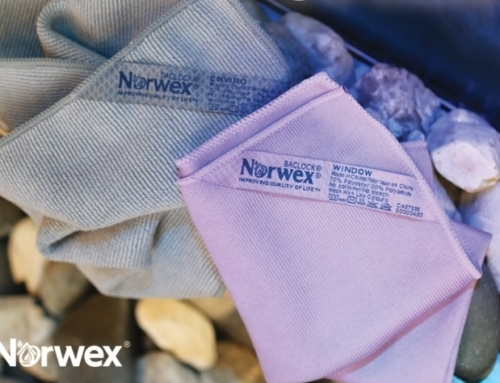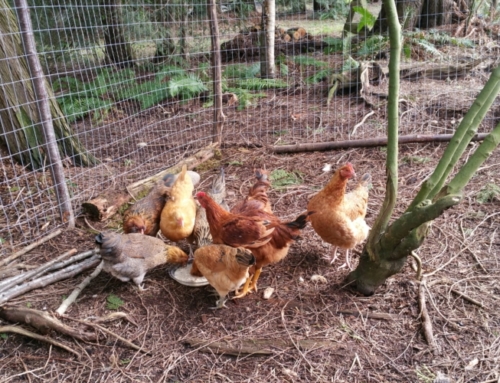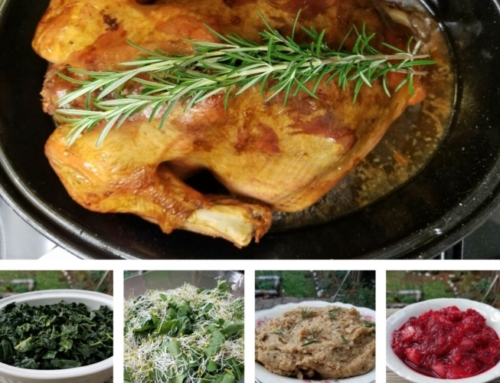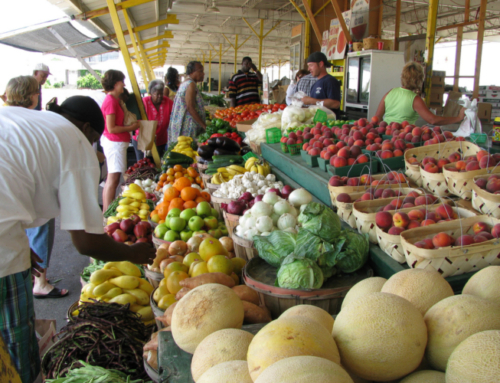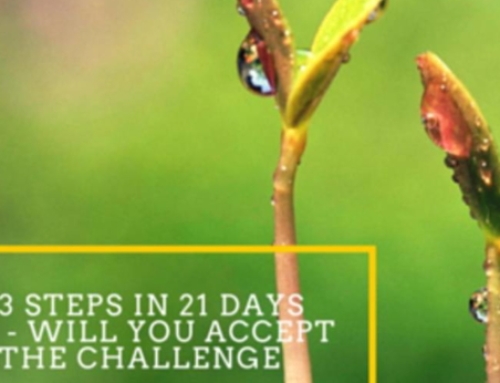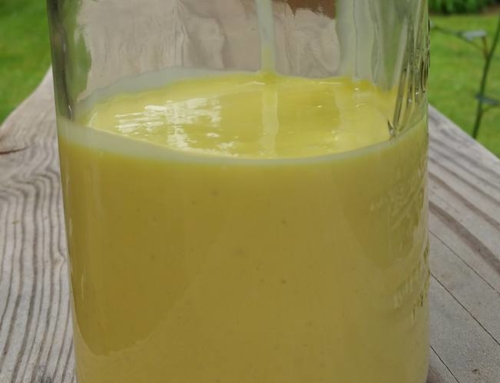I’ve seen it happen so many times while speaking to groups; I start talking about grass-fed, pasture-raised, sustainable and a glazed look comes over some people’s eyes. There’s so many terms bantered around out there and you see all these sign labels when trying to make decisions about which to buy but what do they really mean? Why should you even care?
Grass-fed vs. Pasture-raised
Let’s first look at what the difference is between these two terms. Most people envision cows, sheep, goats all in a beautiful pasture grazing and pigs loose in the woods foraging all of their lifetime. Happy and living their natural life. Is this reality though? Here’s a simple way to break it down.
Grass-fed refers to what the animals has eaten; grass. And little or no grain has been added to the diet. Some are fed grain a few months out of the year due to lack of grass in their region. That’s why you will often see 100% grass-fed on labels. This term applies only to animals that eat grass as their diet. Pigs cannot survive on grass alone and are not termed “grass-fed” for example. Same with chickens.
Pasture-raised refers to where it ate. In a pasture or in the woods.
Okay so I know you’re thinking a grass-fed cow should automatically be a pasture-raised cow shouldn’t it? Theoretically a cow can be kept indoors and fed grass for it’s lifetime; though this doesn’t happen very often. To know what you are purchasing these are the questions you want answered:
- is it 100% grass-fed (applies to cows, bison, sheep, goat and any other meat that lives off grass)
- was it housed indoors at any time of the year, say during harsh winters
- was it fed grain or hay during the winter or drought months
- was it finished on grains; a common practice for the last few months of life
- was it’s diet supplemented with grains or other foods at any time for other reasons; if so what and why
If you get a yes answer to any of these questions it doesn’t mean it’s a bad choice; just know and understand what you are getting. Even if you don’t buy from your local farmers or at a farmers market, the staff at the store you frequent should be able to answer those questions. If they cannot, then you might wish to purchase your meat elsewhere or reach out to their supplying farm directly.
Wild-caught vs. Farm-raised vs. Sustainable
I’m going to throw another one into the mix here and that’s the terms for fish and seafood. In this category you see wild caught, sustainable and farmed. We’ve been led to believe that all wild caught is good and all farmed is bad, simply put. But is it really? How does sustainable come into the equation? Again let’s define the terms first:
Wild-caught come from seas, rivers, and other natural bodies of water.
Farm-raised raised in tanks, irrigation ditches, and ponds. Unfortunately there’s a bit of a gray area in this category in the form of fish hatcheries, where farm-raised fish are released into the wild for commercial fishing purposes.
Sustainable has many qualifications to it’s title and can apply to wild-caught or farm-raised. This is how the Seafood Watch defines their best choice.
- are ecologically sustainable, well managed and caught or farmed in ways that cause little or no harm to habitats or other wildlife. These operations align with all of our guiding principles.
How to figure out what to buy is not really as difficult as it may seem. Sometimes wild-caught might be the best choice, sometimes farm-raised might be the best choice but always, always, always go for sustainable. Go to the Seafood Watch website to educate yourself further on what it all means. I strongly recommend downloading the Seafood Watch app to take the confusion out of your choices while shopping. This app can save you time, educate you and you can feel good knowing what you are purchasing. Note for my Canadian readers Ocean Wise is also a great resource for you.
Again, ask questions from where you are purchasing your fish or seafood, they should know the answers and if they don’t, walk away.
Ask these questions:
- which fish or seafood, if any, is in season
- where and how was it caught or farmed
Why Care?
Fish and Seafood
Here’s one example of why you want to know where you seafood, shrimp in particular comes from. I recently read an article about the true cost of shrimp in Edible Vancouver & Wine Country edition (Spring 2016) by Debbra Mikaelsen. I had been only slightly aware of the slavery issues on shrimp farms in Thailand but really didn’t know much. My eyes were quite opened after reading her article and delving further into the subject. Some shrimp farmers in Thailand, Burma, Indonesia, India, Sri Lanka and Bangladesh enslave and abuse men, women and children in order to supply Western markets with cheap shrimp. You can read more about this at kevinbales.net. Shrimp doesn’t come cheap when it’s sustainable, has a season and much depends on where you live. Again, I’m stressing, educate yourself then make your choices.
All Meat And Animal Foods
My above cited example pertains to the conditions under which your choice came from but if you think about it there is little to no nutritional value in a choice such as this. And that is the key factor to eating food is it not? Life=life. The life in your food choices supports and sustains your life. That is ultimately why we eat; to stay alive. How alive your food is equals how alive you are. And this my friends is the reason why you should care about whether your food choices are grass-fed, pasture-raised, sustainable, organic. These are the choices that are going to provide quality nutrition and sustain your life without causing you damage. The rest of the options out there not in these categories come with things that do your body damage such as pesticides, toxic chemicals, antibiotics, hormones, poor health/lack of vitality and so much more.
You can make a difference. By choosing where to put your hard earned money. By supporting sustainable practices and your life you are demanding that those choices be available.
Live Vibrantly!
ps. Curious to know more about how to get the most nutrients from your food and make the best choices? Then I invite you to check out my book, “Live Vibrantly! 10 Steps to Maintain Youthfulness, Increase Energy and Restore Your Health”. Go here for more information and how to get your free bonuses.



